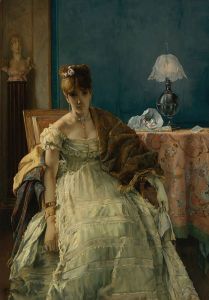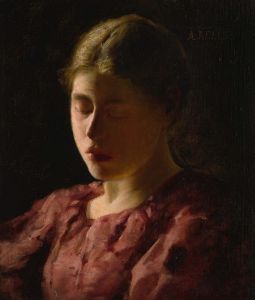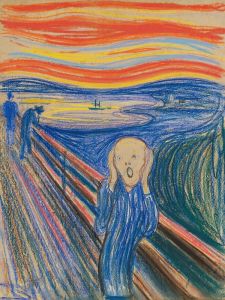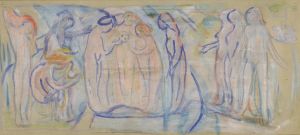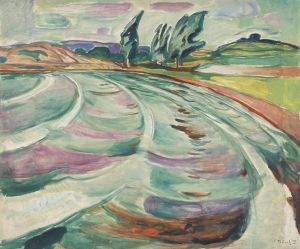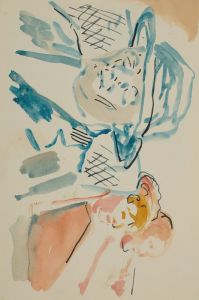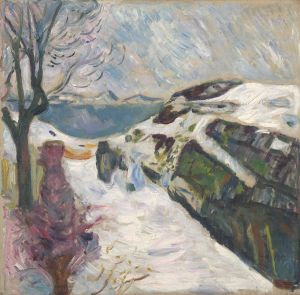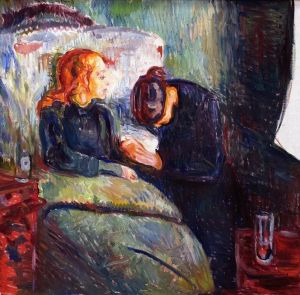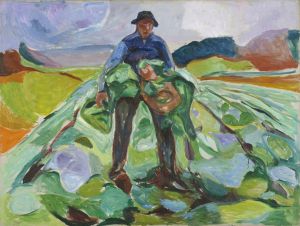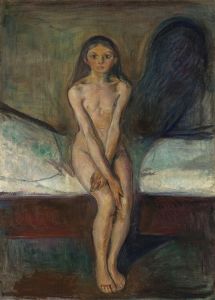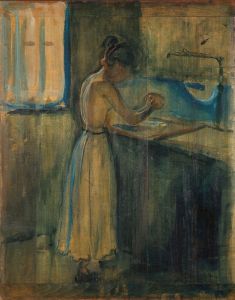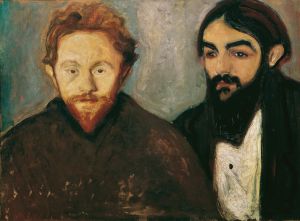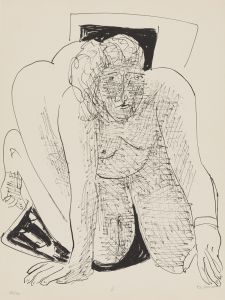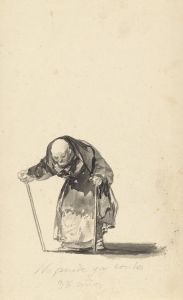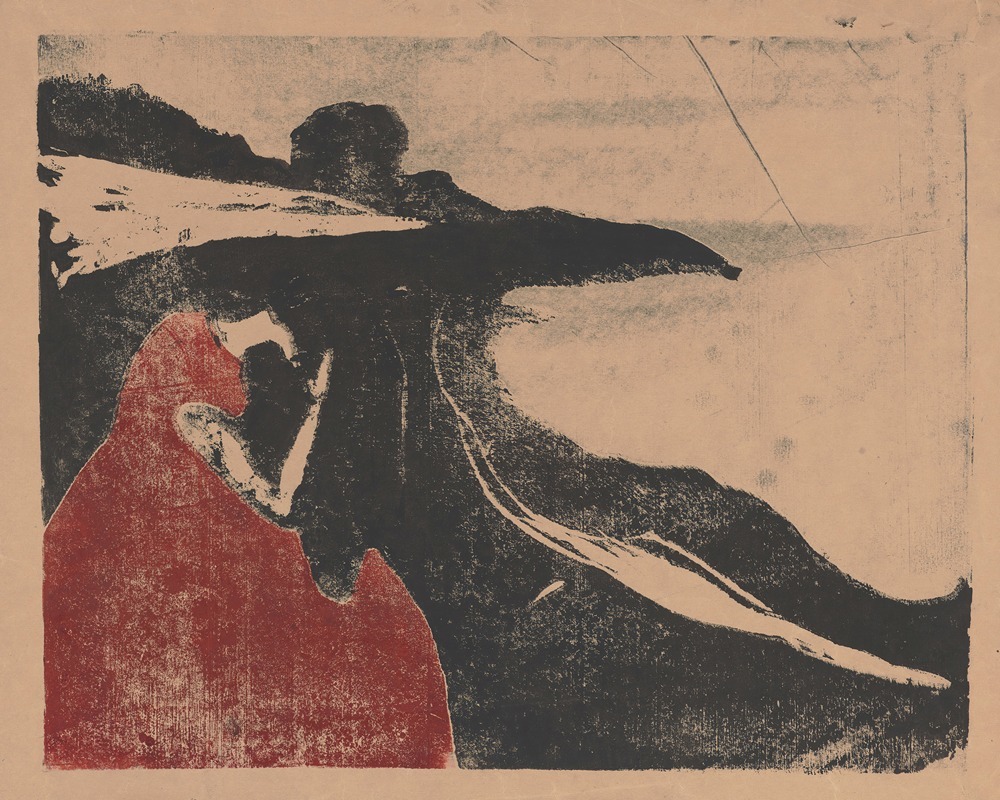
Melancholy II
A hand-painted replica of Edvard Munch’s masterpiece Melancholy II, meticulously crafted by professional artists to capture the true essence of the original. Each piece is created with museum-quality canvas and rare mineral pigments, carefully painted by experienced artists with delicate brushstrokes and rich, layered colors to perfectly recreate the texture of the original artwork. Unlike machine-printed reproductions, this hand-painted version brings the painting to life, infused with the artist’s emotions and skill in every stroke. Whether for personal collection or home decoration, it instantly elevates the artistic atmosphere of any space.
Edvard Munch's Melancholy II is a lithograph created in 1896 by the renowned Norwegian artist, who is best known for his emotionally charged and symbolist works. This piece is part of Munch's exploration of human emotion, a recurring theme throughout his career. The lithograph is one of several iterations of the subject of "melancholy," which Munch revisited in various forms, including paintings and prints.
Melancholy II depicts a solitary figure seated by the shoreline, gazing out at the water. The figure's posture and the surrounding environment evoke a sense of introspection and emotional weight. The composition is characterized by its stark contrasts and flowing lines, which are hallmarks of Munch's printmaking style. The use of black and white in the lithograph enhances the mood of isolation and contemplation, aligning with the title's theme.
This work is often associated with Munch's broader interest in exploring the complexities of human psychology and existential themes. It reflects his engagement with Symbolism, a movement that sought to express ideas and emotions through symbolic imagery rather than direct representation. The figure in Melancholy II is thought to embody feelings of longing, regret, or existential despair, emotions that Munch frequently addressed in his art.
Munch's interest in printmaking allowed him to reach a wider audience and experiment with different techniques. Lithography, in particular, became a significant medium for him during the 1890s. Melancholy II exemplifies his ability to translate the emotional intensity of his painted works into the graphic medium, maintaining the same depth and resonance.
The exact inspiration for Melancholy II is not definitively documented, but it is consistent with Munch's personal experiences and the themes he explored during this period. Munch often drew upon his own life, relationships, and psychological struggles as sources for his art. His works from the 1890s, including Melancholy II, are often seen as part of his "Frieze of Life" series, which delves into the universal experiences of love, anxiety, and death.
Today, Melancholy II is recognized as an important example of Munch's printmaking and his ability to convey profound emotional states through minimalist yet evocative imagery. The lithograph is held in various collections and continues to be studied for its artistic and psychological significance.





